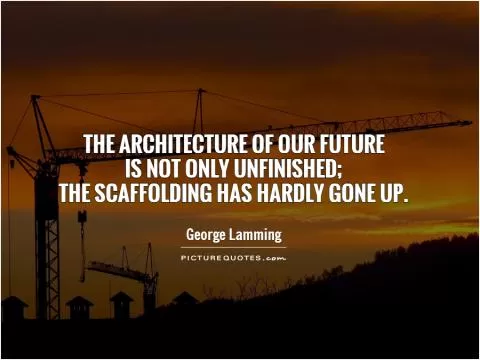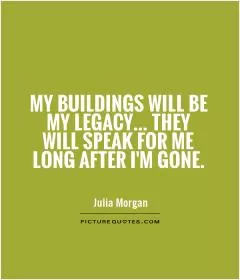Architecture aims at Eternity

Architecture aims at Eternity
Sir Christopher Wren, the renowned English architect, famously stated that "Architecture aims at Eternity." This profound statement encapsulates the essence of Wren's philosophy and approach to architecture. Wren believed that architecture should transcend the limitations of time and space, and strive to create enduring structures that would stand the test of time.Wren's words reflect his belief in the power of architecture to shape the world around us and leave a lasting legacy for future generations. He understood that architecture has the ability to evoke emotions, inspire awe, and create a sense of permanence in an ever-changing world. Wren's own architectural masterpieces, such as St. Paul's Cathedral in London, exemplify his commitment to creating buildings that would endure for centuries.
In the context of Wren's words, "Architecture aims at Eternity" can be interpreted in several ways. Firstly, it speaks to the timeless quality of great architecture. Wren believed that truly great buildings should be able to withstand the passage of time and remain relevant and inspiring for generations to come. By aiming at eternity, architects are challenged to create structures that will endure long after their own lifetimes.
Secondly, Wren's words suggest that architecture has the power to transcend the physical realm and connect us to something greater than ourselves. Through the use of form, space, and light, architects can create spaces that evoke a sense of the divine and elevate the human spirit. Wren's own designs, with their soaring domes and intricate details, are a testament to his belief in the transcendent power of architecture.
"Architecture aims at Eternity" can be seen as a call to architects to consider the long-term impact of their work on the environment and society. Wren understood that architecture has the power to shape communities, influence culture, and impact the natural world. By aiming at eternity, architects are challenged to create buildings that are not only beautiful and functional but also sustainable and respectful of the world around them.












 Friendship Quotes
Friendship Quotes Love Quotes
Love Quotes Life Quotes
Life Quotes Funny Quotes
Funny Quotes Motivational Quotes
Motivational Quotes Inspirational Quotes
Inspirational Quotes